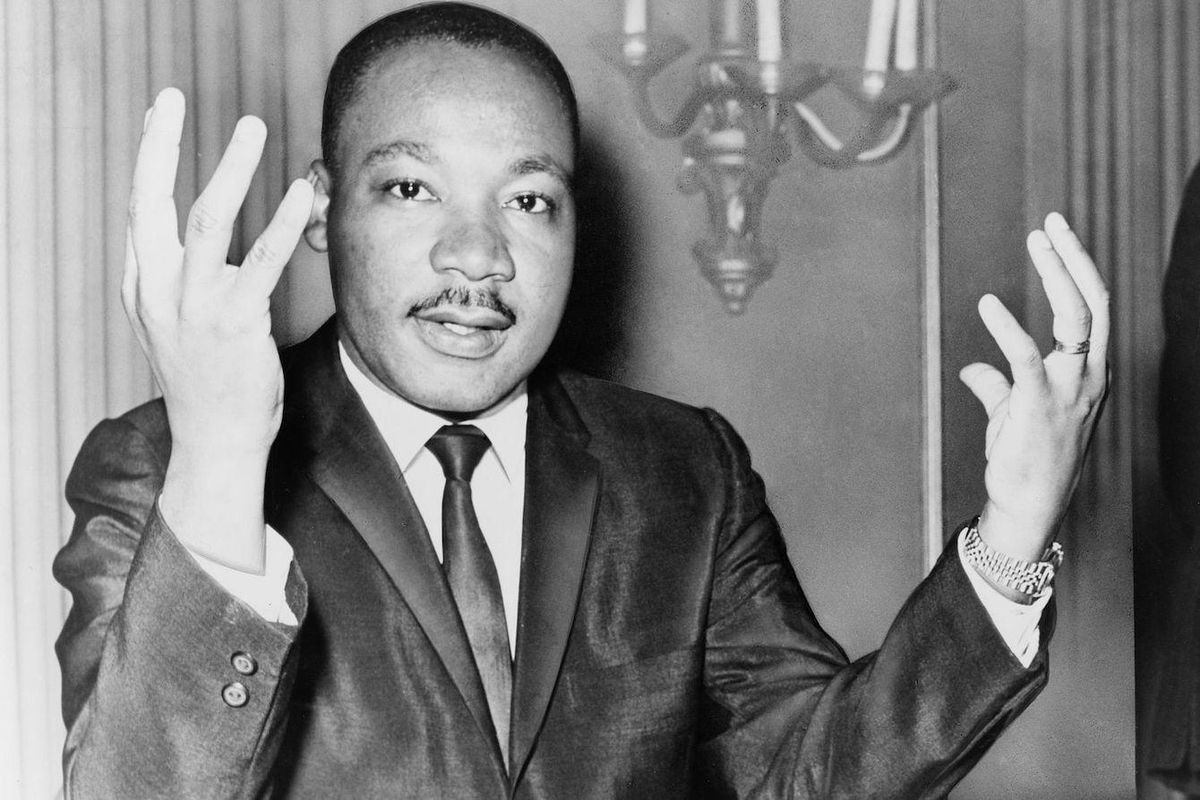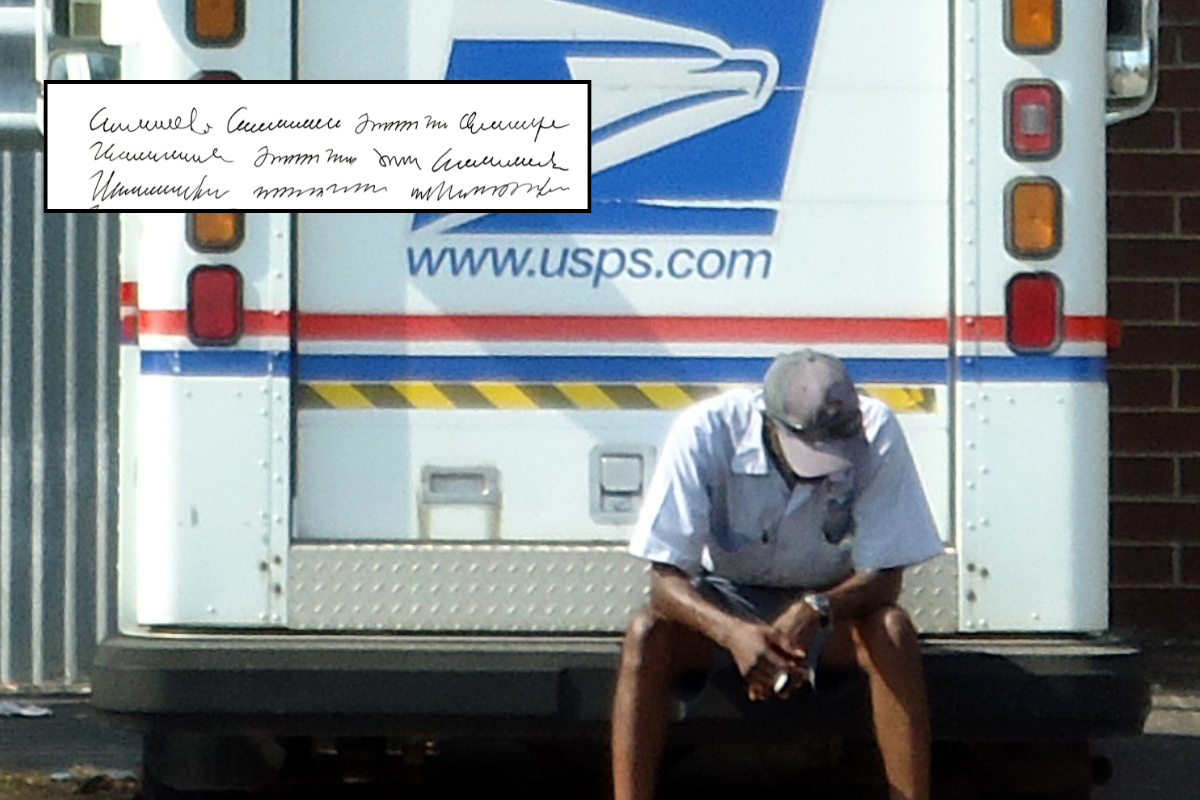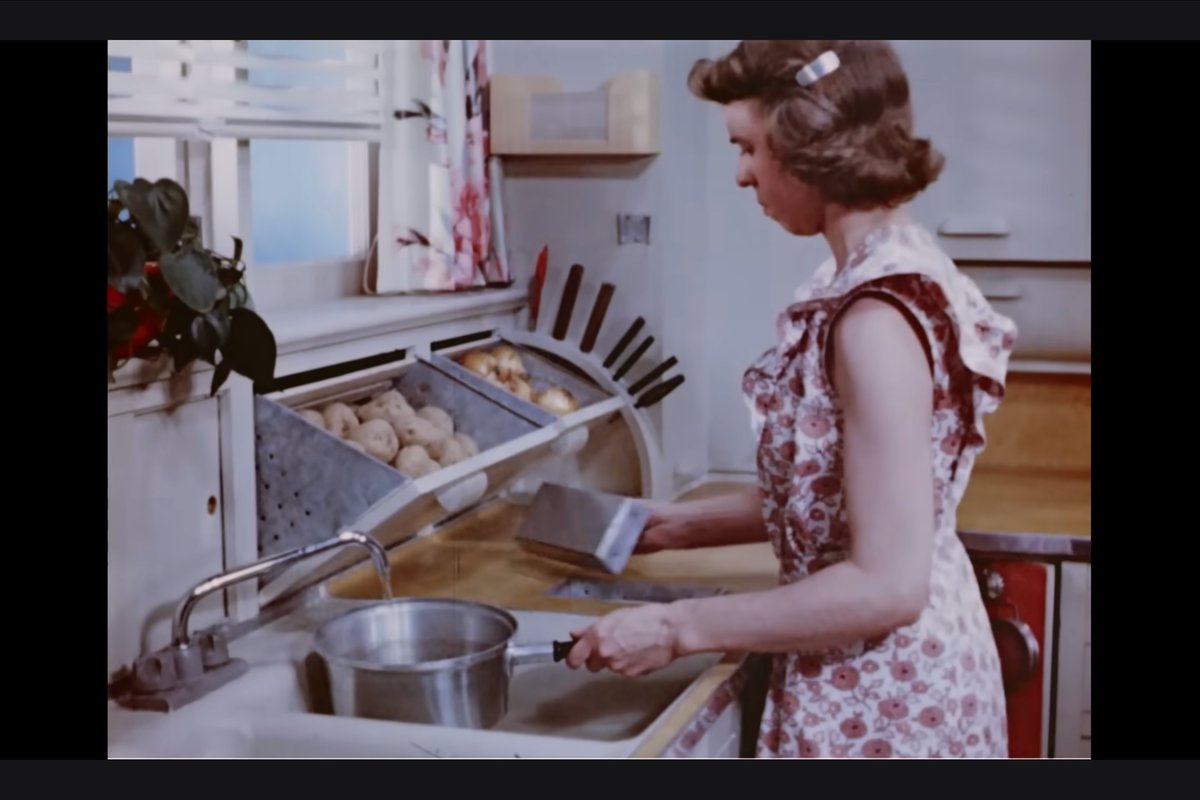Nearly 60 years later, VR experience shows us how we can all be part of MLK’s dream.

Dr. Martin Luther King, Jr. is known for many things—but perhaps his greatest legacy is sparking an unshakable hope that someday, change will come.
Just two months before his assassination in 1968, Dr. King spoke to a crowd in Washington, D.C. and famously said, “We must accept finite disappointment, but never lose infinite hope.” Spreading (and keeping!) that hope is exactly what Meta aims to accomplish with their latest VR for Good project, MLK: Now is the Time, a 20-minute documentary VR experience featuring the use of hand gesture-based tracking technology.
Developed by TIME/TIME Studios and Flight School Studio for Meta Quest, MLK: Now is the Time drops you into a thoroughly modern interpretation of the March on Washington. Viewers hear first-person stories and can interact with key moments in history, showing them what it means to be an activist. Limbert Fabian, the director of the project, felt inspired to develop something fresh and different that would catch the attention of a new generation. As a parent, he knows what mediums are most likely to engage young people.
“I wanted the audience to walk away feeling that Dr. King's words are relevant today. Perhaps even motivate them to engage in activism at a local level,” said Fabian. “I imagined that one day a high-school social studies class somewhere is going to be diving into that time in our nation's history and our project would be a tool that we can offer them to dive in deeper to look at not the day but the ideas that fueled that gathering, and how the words were meant to push into a future for the country.”
TIME Studios worked closely with the King estate to maintain the integrity and accuracy of the original moment. Audio from the “I Have A Dream” speech is layered throughout, culminating in an encounter with Dr. King and a call to continued action around his vision of one day living in a nation where people are no longer judged by the color of their skin, but by their character.
Because the rules for VR technology are still being written, this project is on the cutting edge of merging the past—in the form of archival footage—and the present. There is a sense of intimacy in the VR world; it’s a space where a person can “drop in” and feel as if they are somewhere else, immersed in a world of activism. But even more importantly, the creators want to inspire a sense of hope, just like Dr. King did every time he spoke.
Some of the key, impactful moments in the film include a simulation of getting pulled over by police, as a person of color. Many people may not regard the police as a threat, but in this VR experience, getting pulled over feels authentic for the user. Their heartbeat may heighten. Their palms may get sweaty. That’s something that will stick with viewers and give them something to think about.
Another aspect, Fabian says, is the ability for people to use their hands to add to the immersion experience. “It’s seamless,” said Fabian. “The act of raising a fist holds weight in a lot of different ways: empathy, defiance, an act of contribution…it’s a gesture that’s easily recognizable. I don’t have to say anything and you instantly know.” This engagement is what makes the experience so unique.
“I want people to leave this experience with a renewed spark of hope. What type of hope that is is not for me to decide. However, for so many, King represented a hope for our nation, and I want people to remember that the legacy of hope did not die when he did,” said Andrina Smith, the writer for the project.
Even though it’s been nearly sixty years since Dr. Martin Luther King delivered his iconic "I Have a Dream" speech, it’s as relevant today as it was when he first uttered those words. Racial inequities and injustices persist; the work is far from over. And this, my friends, is why hope is such an important piece of the puzzle.



 TikTok · Ale
TikTok · Ale
 Kittens are the cutest.
Kittens are the cutest.  Grrrr, wook at his widdle paws and his widdle whiskers.
Grrrr, wook at his widdle paws and his widdle whiskers. 

 Design 3D GIF
Design 3D GIF 
 Bluebells at the Brooklyn Botanical Gardens.
Bluebells at the Brooklyn Botanical Gardens. 